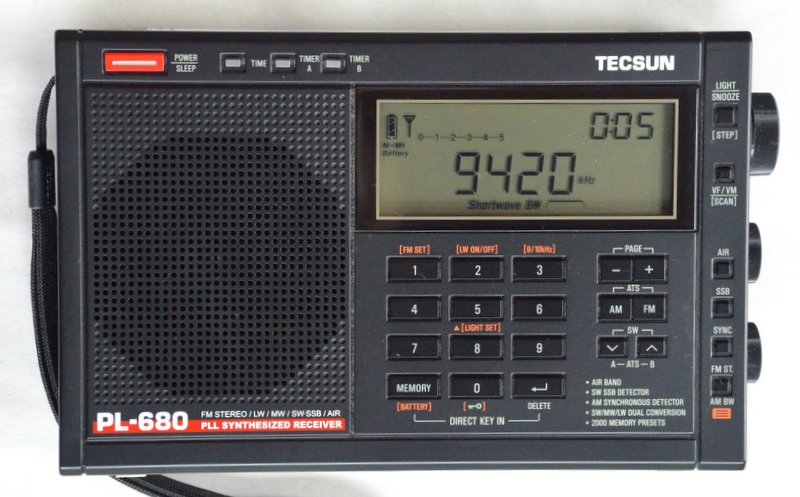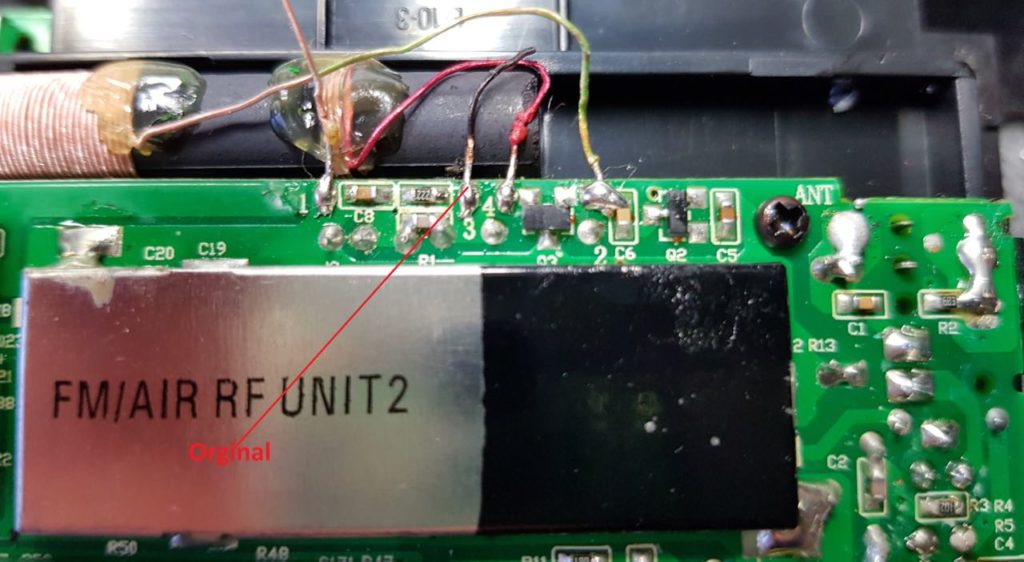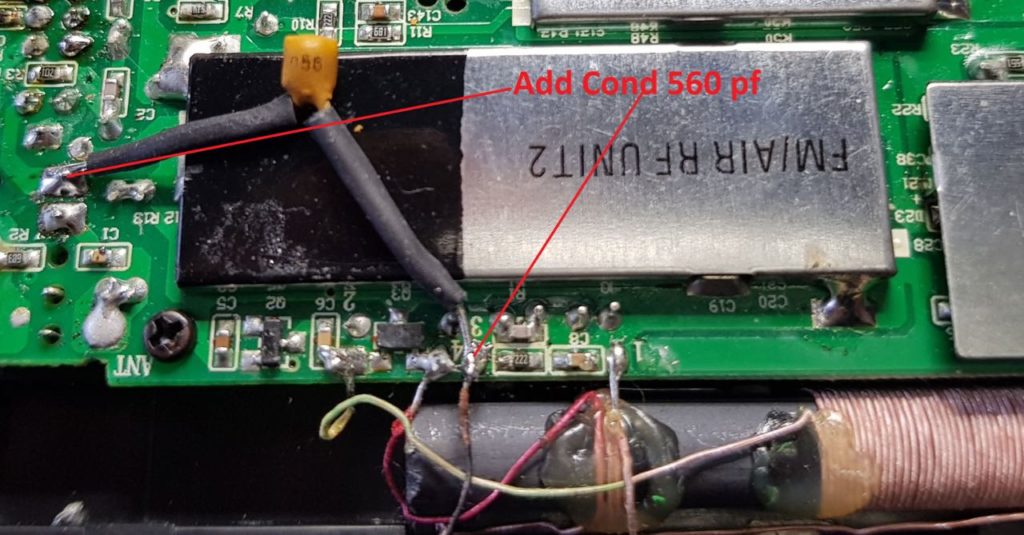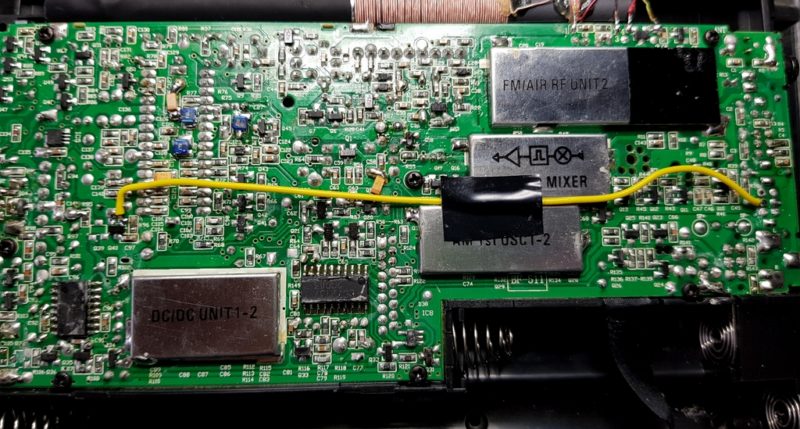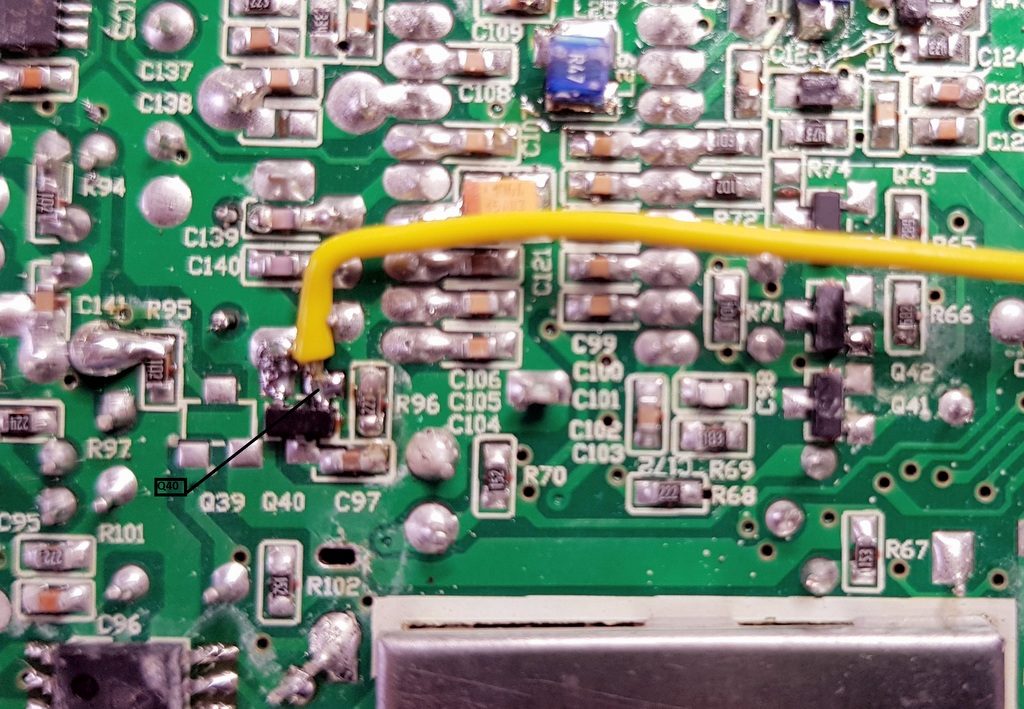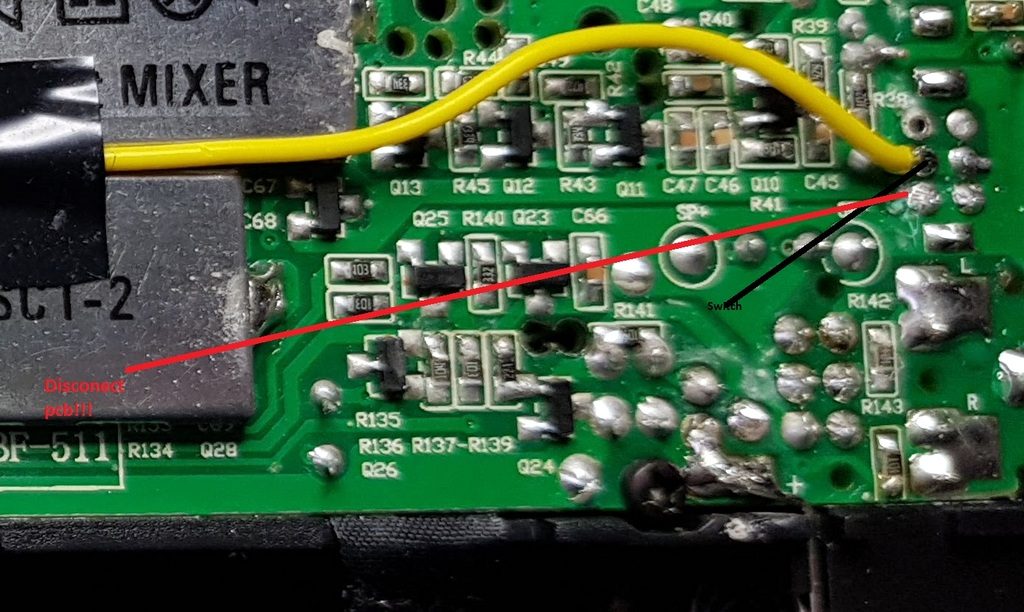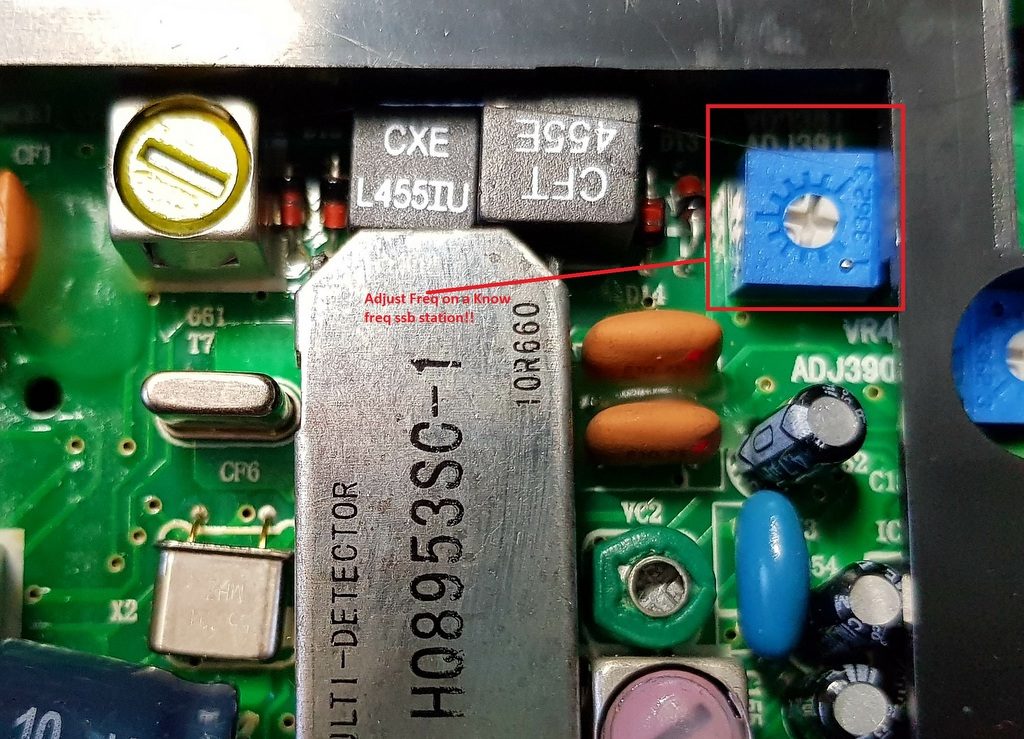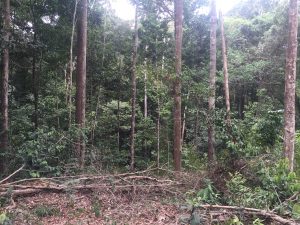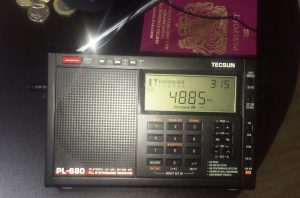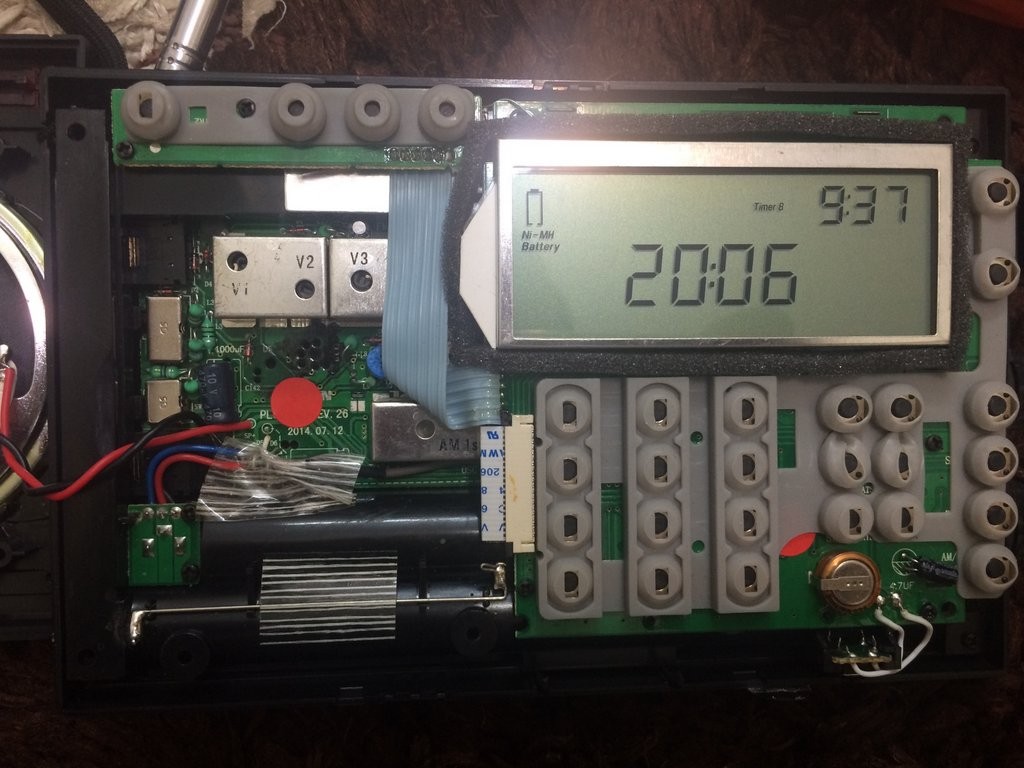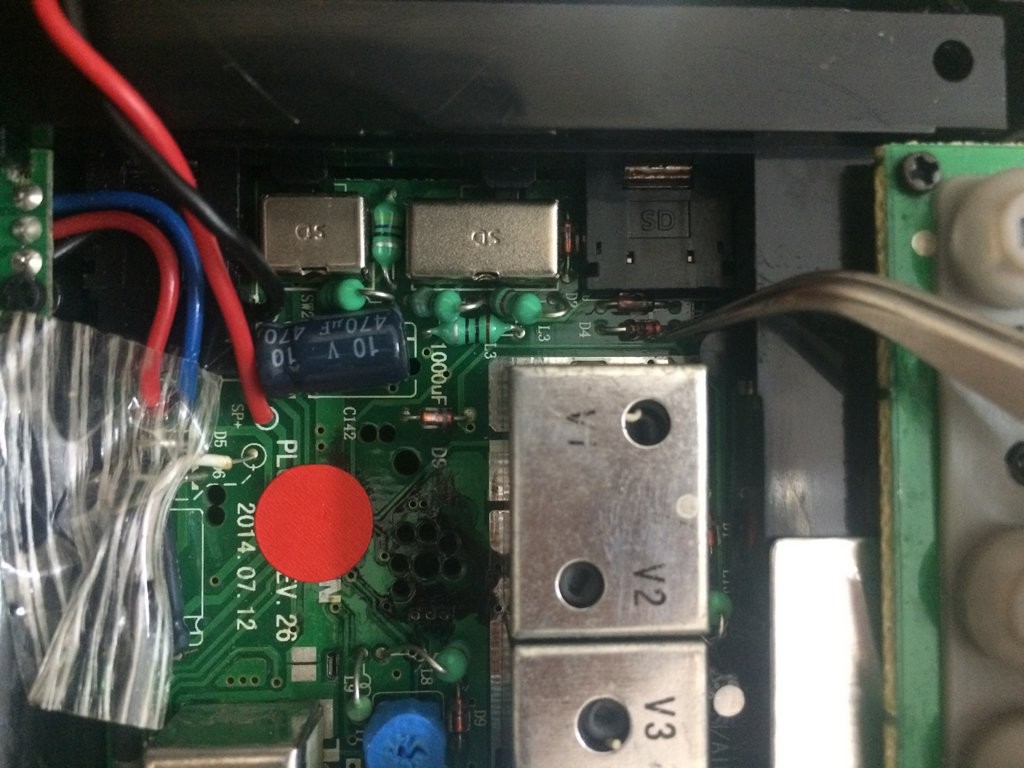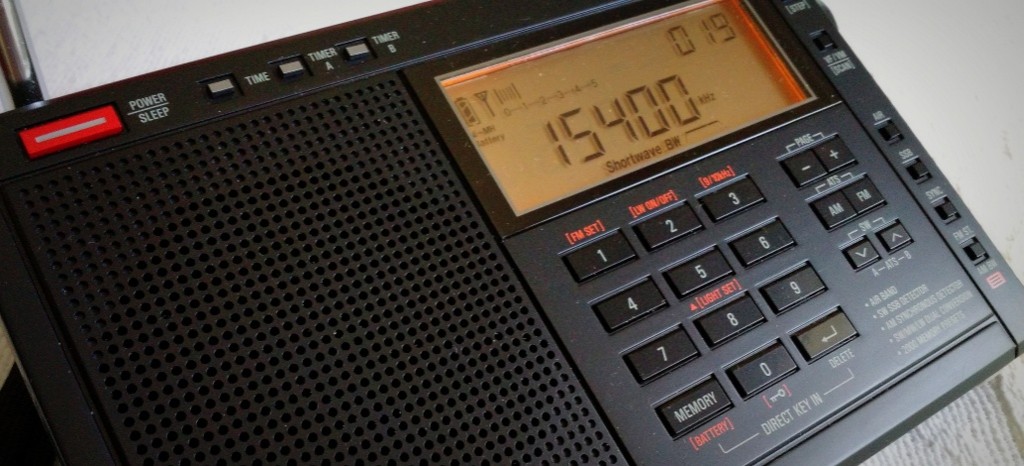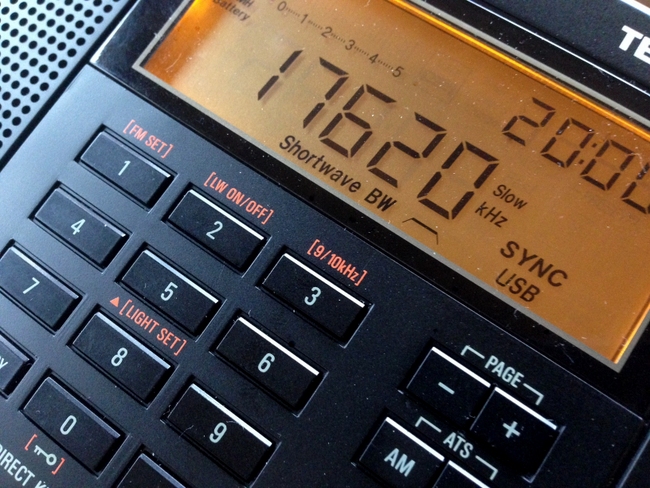
SWLing Post reader, Olli Turunen, writes:
I thought you would like to know this. I bought PL-680 few days ago and I noticed that mine has the display about 1 khz off. I contact Anna on Anon-Co and got a quick reply:
“I have received a response from the supplier regarding the 1 kHz deviation issue of the PL-680 radio. Unfortunately they consider this to be within their tolerance standards for SW reception. Overall, their standard is set to be +/- 0.5 kHz, which translates to 1 kHz on the LCD display. They understand the effect it may especially have for SSB listening, which is why fine tuning has been added as a feature.
For MW/AM the situation is a bit different. According to the supplier this is an issue that both the PL-680 and PL-660 radios have and cannot be avoided. As they indicate, unfortunately only the PL-880 has a special function for MW frequency calibration.”
I just checked my PL-680 and did a zero-beat in SSB against WWV on 10 MHz. If the BFO adjustment is correct when in the middle position, I can confirm that mine is almost 1 kHz too high as well.
For AM listening, a 1 kHz deviation isn’t noticeable. If you’re using ECSS, though, you’ll certainly have to fine tune the BFO accordingly. If locating a CW or SSB signal (in the ham bands, for example), you’ll also need to adjust the BFO fine tune control in advance.
Most importantly–and fortunately–when you turn on the PL-680’s synchronous detection, the receiver is exactly on frequency (at least on my early model PL-680).
Many thanks, Olli, for sharing this information! I’ll note this negative in the PL-680 review.
